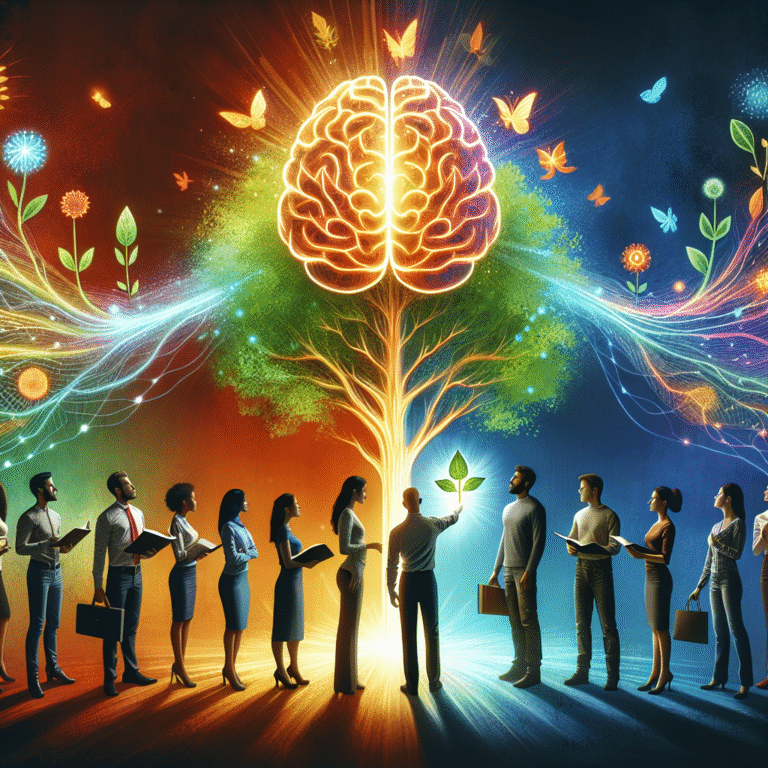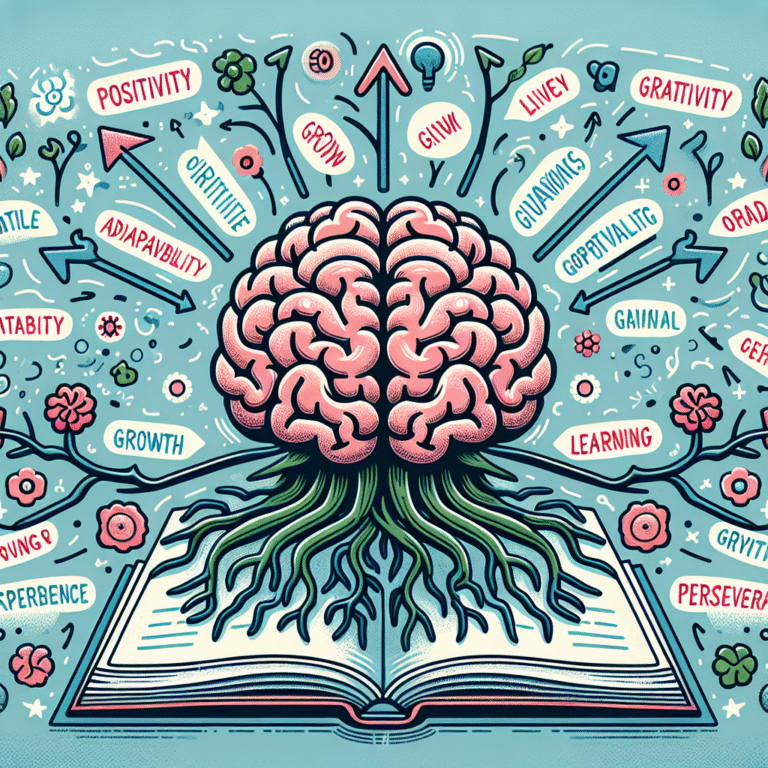
Introduction
Life is a journey filled with ups and downs, twists and turns, and unexpected challenges. It’s not uncommon to face setbacks—moments that leave us feeling defeated and uncertain. However, the way we respond to these setbacks can define our journey. Embracing a growth mindset transforms adversity into opportunity, turning setbacks into comebacks. In this exploration of From Setbacks to Comebacks: Embracing a Growth Mindset in Life, we’ll delve into the essence of a growth mindset, analyze inspiring case studies, and equip you with actionable insights to harness this powerful perspective in your own life.
Understanding the Growth Mindset
What Is a Growth Mindset?
Psychologist Carol Dweck coined the term "growth mindset," referring to the belief that abilities and intelligence can be developed through dedication and hard work. In contrast, a fixed mindset is the belief that talent and intelligence are static traits, limiting one’s potential. The foundation of a growth mindset lies in the understanding that effort and perseverance can lead to growth and success.
The Importance of a Growth Mindset
Adopting a growth mindset is essential in navigating life’s challenges. It encourages resilience and adaptability, allowing individuals to bounce back from disappointments. Research has shown that those with a growth mindset are more likely to take on challenges, learn from criticism, and persist in the face of adversity.
| Growth Mindset vs. Fixed Mindset | Growth Mindset Traits | Fixed Mindset Traits |
|---|---|---|
| Embraces challenges | Sees effort as a path to mastery | Avoids challenges |
| Learns from criticism | Values feedback for improvement | Feels threatened by feedback |
| Resilience | Emphasizes learning and development | Believes failure indicates a lack of intelligence |
| Inspires motivation | Motivated by the process of learning | Motivated by outcomes |
The Journey: Setbacks as Stepping Stones
Reframing Setbacks
Setbacks are not the end; they are opportunities in disguise. Embracing the belief that each failure can lead to personal growth is crucial. For instance, J.K. Rowling faced numerous rejections before "Harry Potter" became a global phenomenon. Her experience illustrates that every "no" brings us closer to a "yes," emphasizing the importance of perseverance.
Real-World Case Studies
Thomas Edison: A quintessential illustration, Edison is famous for stating, "I have not failed. I’ve just found 10,000 ways that won’t work." Each failure brought him closer to inventing the electric light bulb. His resilience exemplifies the essence of From Setbacks to Comebacks: Embracing a Growth Mindset in Life, illustrating that failure is simply part of the journey.
Analysis
Edison’s perspective highlights how a growth mindset allows individuals to reinterpret failures as valuable lessons. Instead of focusing on the setback, he focused on the knowledge gained, propelling him towards eventual success.
Oprah Winfrey: Born into poverty and facing abuse, Oprah’s early life was filled with setbacks. However, her determination led her to become a media mogul and a symbol of hope. She states, "The biggest adventure you can take is to live the life of your dreams." Her story emphasizes resilience and the power of envisioning success despite adversity.
Analysis
Oprah’s journey illustrates how setbacks can foster empathy and tenacity, key traits of someone with a growth mindset. Her narrative showcases how embracing challenges can lead to significant achievements.
Steve Jobs: After being ousted from Apple—his own company—Jobs didn’t give up. Instead, he created NeXT and acquired Pixar. Upon returning to Apple, he led the company to unprecedented heights. His story is a masterclass in bouncing back.
Analysis
Jobs teaches us that setbacks can lead to entirely new pathways and innovations. This aligns with the growth mindset philosophy, which promotes continuous learning and adaptation.
Practical Steps to Embrace a Growth Mindset
1. Cultivate Self-Awareness
Recognizing your mindset is the first step. Reflect on how you handle challenges. Do you shy away from difficulties or face them head-on? Self-awareness sets the foundation for growth.
2. Embrace Challenges
Instead of avoiding difficult situations, seek them out. Each challenge will serve as a stepping stone toward personal development.
3. Learn from Feedback
Solicit constructive criticism from trusted mentors or colleagues. Use this feedback to enhance your skills and perspectives.
4. Practice Resilience
When faced with setbacks, acknowledge your feelings but focus on solutions. Maintain a positive outlook, and develop a plan to move forward.
5. Surround Yourself with Positive Influences
Engaging with like-minded individuals who embody a growth mindset can serve as motivation. Their experiences and insights can guide you on your journey.
Creating a Growth Mindset Culture
In the Workplace
Cultivating a growth mindset in organizational settings can transform the workplace dynamic. Companies that foster a culture of learning and resilience tend to have higher employee satisfaction and engagement.
| Key Strategies for Fostering a Growth Mindset | Outcomes |
|---|---|
| Encourage open communication | Enhanced collaboration |
| Implement regular feedback loops | Continuous improvement |
| Celebrate failures as learning opportunities | Increased innovation |
In Education
Educators play a vital role in instilling a growth mindset in students. Techniques such as praising effort, encouraging risk-taking, and normalizing failure can encourage students to embrace learning.
Conclusion
From Setbacks to Comebacks: Embracing a Growth Mindset in Life invites us to view challenges through a transformative lens. It empowers us to recognize setbacks as opportunities for growth, resilience, and eventual success. By adopting a growth mindset, we cultivate the ability to turn failures into stepping stones on our journey toward our dreams. Embracing this philosophy leads not only to personal satisfaction but also inspires those around us, creating a ripple effect of courage and determination.
FAQs
1. What is the difference between a growth mindset and a fixed mindset?
A growth mindset is the belief that abilities can be developed through effort and learning, while a fixed mindset assumes that abilities are static and unchangeable.
2. How can I develop a growth mindset?
To cultivate a growth mindset, practice self-awareness, seek challenges, learn from feedback, and surround yourself with positive influences.
3. Why is resilience important in growth?
Resilience allows individuals to bounce back from setbacks, turning challenges into opportunities for learning and growth.
4. Can a growth mindset be fostered in children?
Yes, teaching children to embrace challenges, recognize effort, and learn from failure can instill a growth mindset early in life.
5. How do I overcome the fear of failure?
Change your perspective on failure. View it as a learning opportunity rather than a setback.
Embracing a growth mindset can unlock your potential, transforming setbacks into comebacks. Let’s embark on this journey together, turning every challenge into an opportunity for growth and success.















